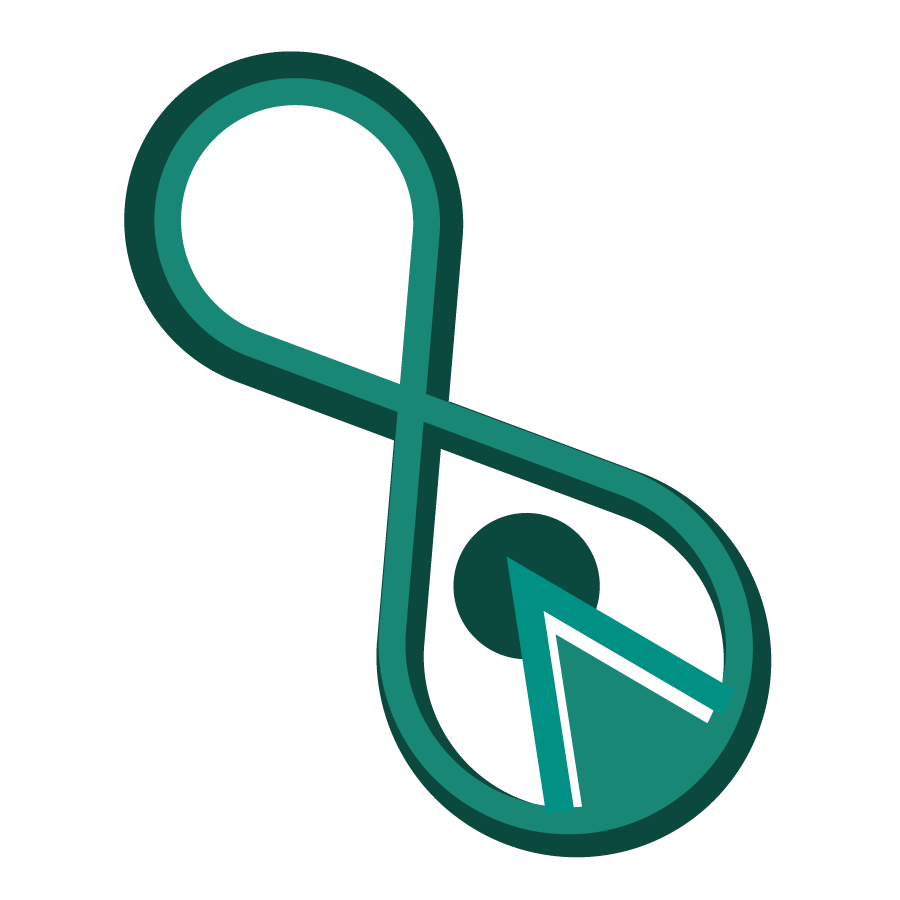
In every LGBTQ+ training I offer, I teach a framework called the three dimensions of gender: sex assigned at birth, gender expression, and gender identity. These are aspects of gender we all possess and must integrate to understand ourselves. The second dimension, gender expression, is how we choose to authentically express our gender through grooming (like whether our hair is long or short), clothing (do we wear skirts? Suits?), accessories (what kinds of piercings do we have?), and even the way we walk and talk (have you ever been misgendered on the phone?)
Our gender expression communicates something about our identity to other people. Through early conditioning in our given generation and culture, we place people into masculine/feminine categories. Sometimes we are correct with our categorization of others, and some times we are wrong. Gender expression is the area where we get confused about what is sexuality versus what is gender, as well as what pronouns are appropriate to use. It is also the area people can most readily identify awareness of social and cultural messages they have internalized, often with resistance, about gender.
Gender nonconformity, more often than not, is the source of discrimination, harassment, and microaggressions we usually label “homophobic,” whether we’re talking about bullying on an elementary school playground or in a hostile work environment. We assume gender nonconformity is associated with a non-heterosexual sexuality, thus conflating sexuality and gender identities. Furthermore, sometimes we assume someone is transgender because they are gender nonconforming, even though all of us, at various moments in our lives, have not expressed our gender in strictly stereotypical ways.
People who can understand how gender expectations—social pressures related to how we authentically express ourselves—impact their own lives build empathy with LGBTQ people quickly and are better equipped to support folks whose identities are not like their own. After the gender expression activities in my Gender and Pronoun trainings, people often have a “light bulb” moment about their own gender nonconformity, and see that increasing awareness about the three dimensions of gender is not only about the trans/gender expansive or LGBTQ communities—it’s about all of us!
If you would like to explore your own understanding about gender expression and how it is impacting your workplace environment, please contact me at info@infinitediversityllc.com or at the form below! I look forward to partnering with you.
